Column: On multiracial students and belonging in affinity spaces
Photo credit: ElisaRiva from Pixabay, licensed for reuse
This image is of a divided mind. The left half is grey and filled with equations and numbers whereas the right half is covered in vivid splashes of colors representing the division between a mixed person’s identity.
September 20, 2020
As young adults, it’s natural for us to hide parts of ourselves in an effort to experience a sense of belonging within a community. We adjust our language (terminology), our attitudes, beliefs, morals and more to dilute our own sense of authenticity. We choose to hide behind a facade to mask any differences we have in order to belong in a community.
Archer is a predominantly white institution (PWI) that encourages diversity and difference to an extent. My family and friends outside of Archer are predominantly Middle Eastern and are accustomed to a certain set of religious and societal standards. They are familiar with gender roles and a lack of diversity within a household. As a biracial student, who is half white and half Middle Eastern, I struggle with fully understanding my racial identity. I feel that when I am with my family and friends I have never been Middle Eastern enough, and with my school friends I have never been white enough.
I drag myself around in circles trying to squeeze myself into these boxes created by each community. At Archer, I am taught that traditional gender norms are a societal standard that we as women can change. In the community that I grew up in, I was taught that traditional gender roles were necessary and are the guidelines for a happy life. Each environment I immerse myself in, I am taught different ethical values. Throughout my journey in high school, I have made it my job to choose between the two communities and become a perfect model of said community.
But how can I be that perfect model when I don’t have any guidelines? From my community at home to my community at Archer, I lack a space that gives me a chance to question my identity, feelings and thoughts. I lack role models that have experienced the same things that I have. I lack a community built on resilience. I lack a community where my thoughts, questions and feelings are recognized as normal.
Archer has held affinity spaces in the past for students and faculty members to process those feelings, wrestle with thought-provoking questions and even build a sense of resilience within a community. But what happens when you struggle to place yourself into one of these spaces? I grapple with the decision to attend the people of color (POC) meeting or the white anti-racist meeting. I have had the opportunity to attend both, and in each meeting, I feel out of place even though I benefit in different ways from each conversation.
In the white anti-racist space, we have talked about the difference between not being racist and being actively anti-racist. In the people of color space, we have talked about our experiences as POCs and what it’s like being a part of a society that traditionally sees us as outsiders. Instead of learning all that I can from these spaces, my brain is in overdrive waiting for someone to comment on my presence. I am white-passing so when I attend POC meetings I am usually asked if I am in the right place. When I attend the white anti-racist affinity space I feel a lack of connection and feel myself losing the Middle Eastern identity.
According to the American Psychology Association, “as a result of the small population and lack of media representation, multiracial youth may feel that they do not have a multiracial community and lack role models to help them understand their mixed identity.” As someone who is biracial but white-passing, my experiences can be incredibly different from other people of color.
Many schools around the United States have introduced a space solely for multiracial students, known as The Multiracial Student Union (MSU). MSU is a community that aims to foster awareness for students that identify as multiracial, biracial or having mixed-ethnicity.
As a school that welcomes diversity and encourages differences, I think that it is Archer’s job, as a PWI, to create a space for mixed students to feel seen and heard, rather than just grouping them with other POCs. Multiracial students struggle to find a place at school or even at homes that are welcoming and supportive. It is your job, Archer, to create a space for students like me to feel comfortable.
On that note, I do recognize how Archer is making an effort. There was an email titled “Affinity Spaces This Friday” sent by Dean of Students Jenn Babin explaining a decision to create a new affinity space titled Asian Pacific-Islander/Middle Eastern/Multiracial Heritage. However, I was not fully satisfied with this. By creating the same space for POCs and multiracial students, you are invalidating both groups of people’s experiences. POCs and multiracial people go about life very differently; a multiracial student can play into one part of their identity to gain an advantage whereas a POC generally has only one racial identity to rely on. By grouping these people together you create an environment where students may feel it is necessary to say something harsh to invalidate another person’s experience because it is not the same as their own. Affinity spaces are supposed to be about similar experiences and welcoming different perspectives on those experiences. But how can you do that when you group two completely different groups together that don’t share similar experiences?
Mixed-students of Archer: Do you feel the same way as I do? Do you feel out of place in our affinity spaces? Or do you feel welcomed and understood? As for other students who do not identify as biracial or multiracial, I think it is time for you to foster a community that allows bi/multiracial students to take ownership of their identities and to feel seen and heard in our community.




![Freshman Milan Earl and sophomore Lucy Kaplan sit with their grandparents at Archer’s annual Grandparents and Special Friends Day Friday, March 15. The event took place over three 75-minute sessions. “[I hope my grandparents] gain an understanding about what I do, Kaplan said, because I know they ask a lot of questions and can sort of see what I do in school and what the experience is like to be here.](https://archeroracle.org/wp-content/uploads/2024/03/grandparents-day-option-2-1200x800.jpg)











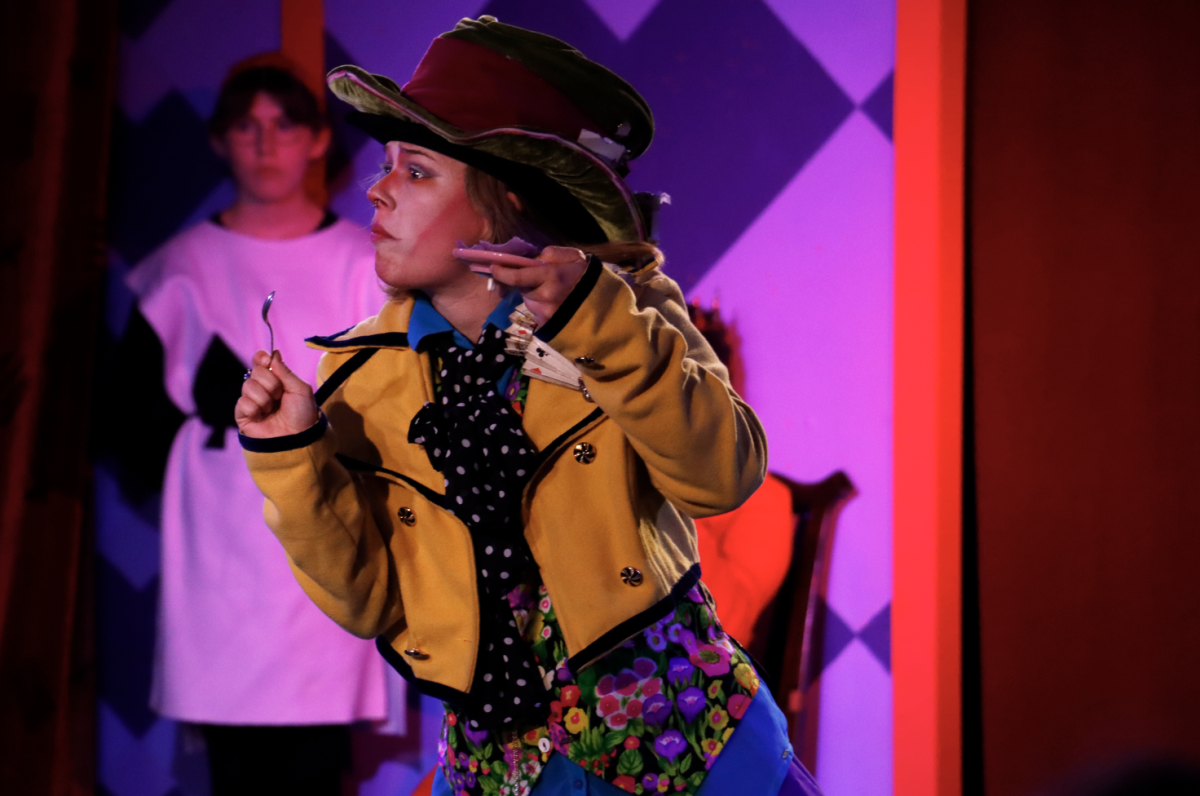








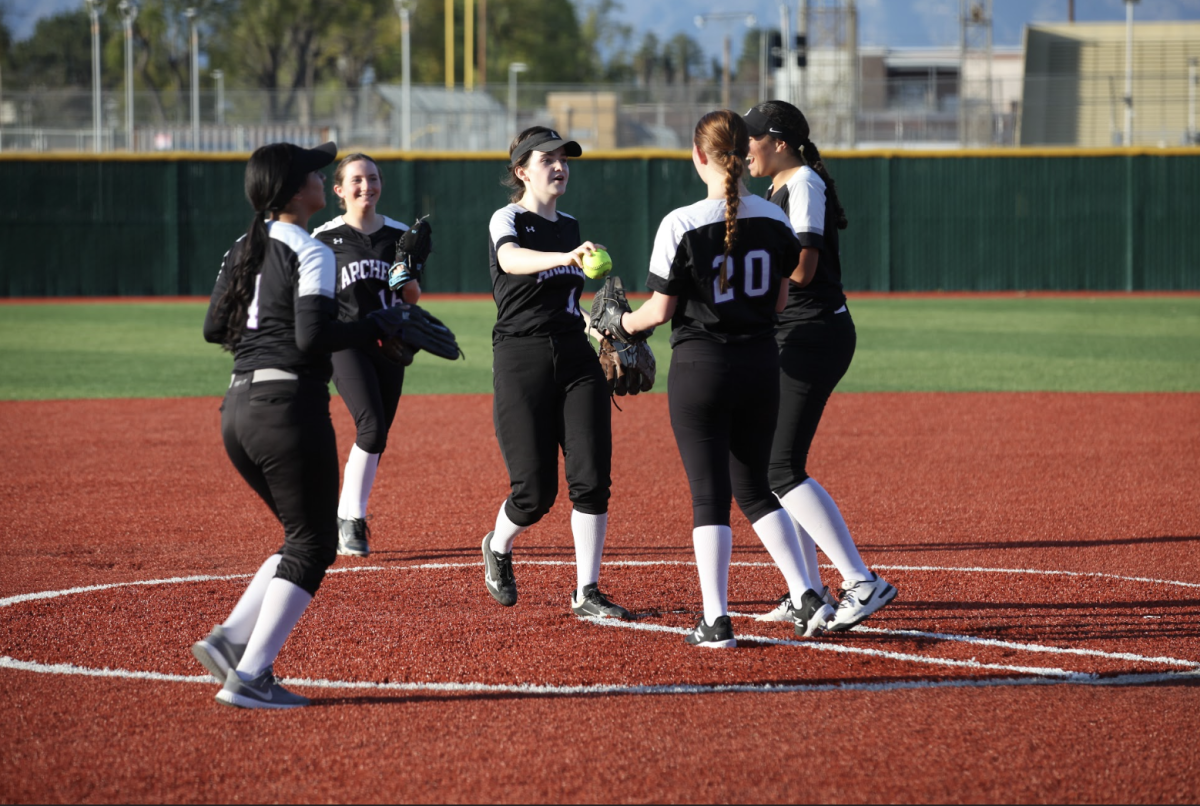
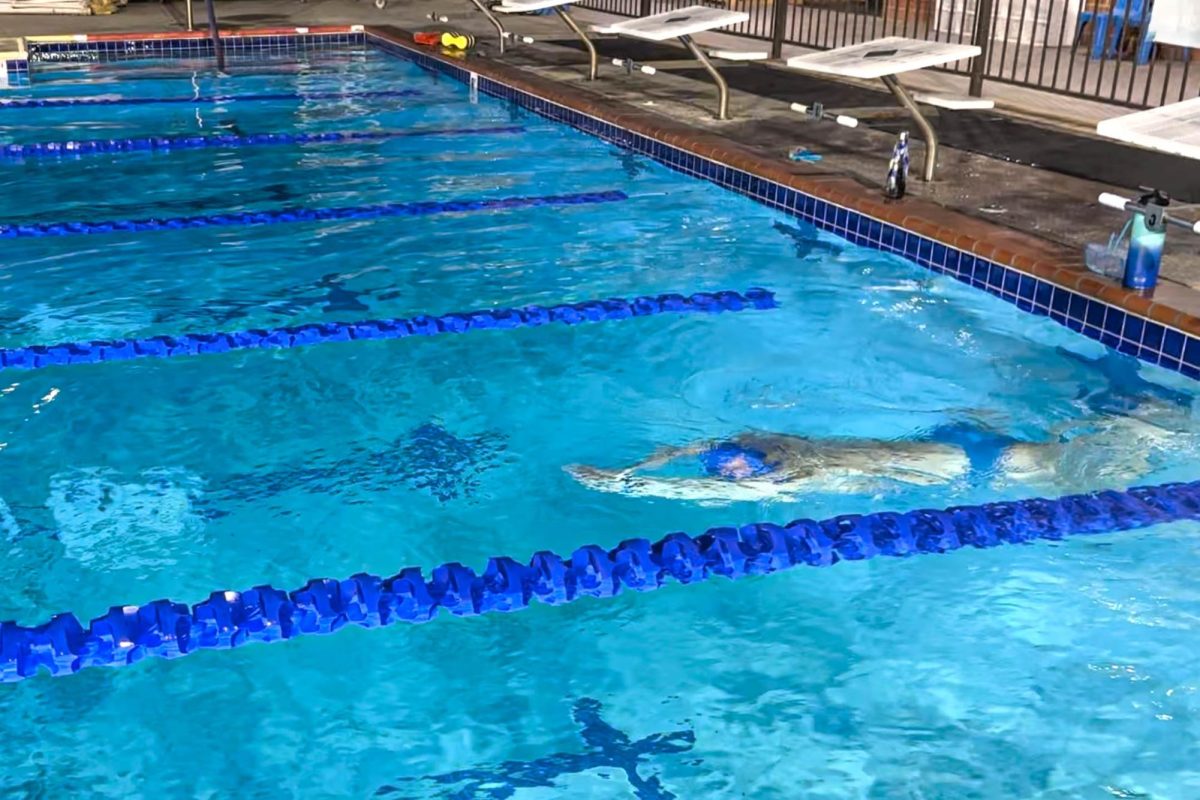

























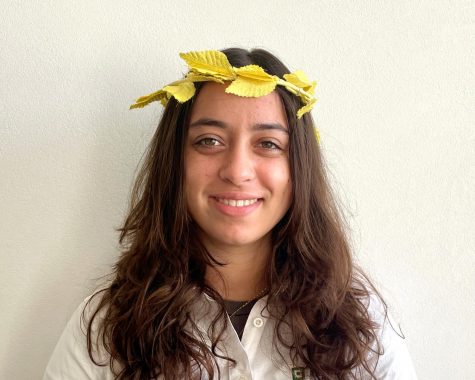

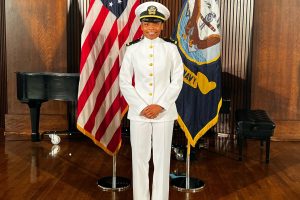




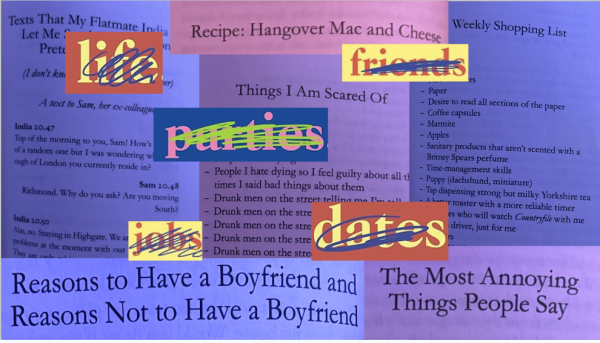

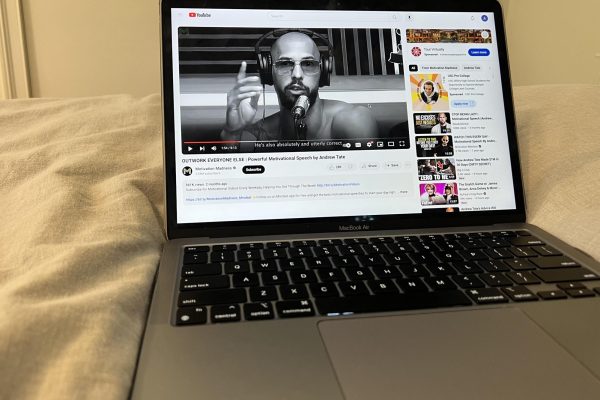
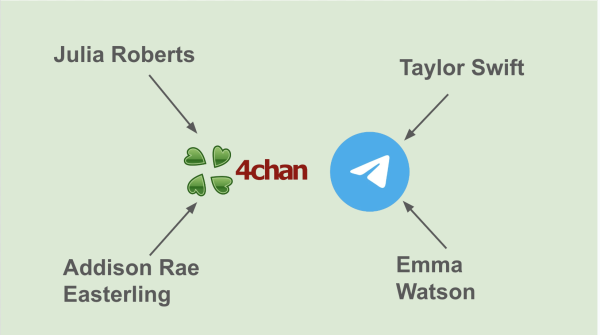
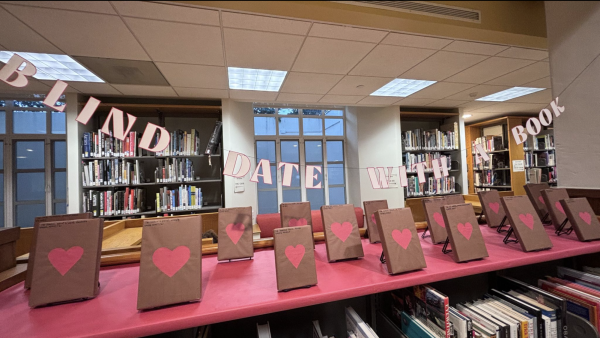




Tony Luna • Apr 15, 2021 at 7:59 am
Marisa, thank you for your thoughtful column. I am mixed Filipino-Irish-German and am also “white passing” – a term which itself has racist implications. I was asked this past week to participate in a diversity, equity and inclusion training. The invitation stated that as part of the training, they will break the whole group into so called “Affinity Groups – one for white people and one for people of color.” The invite further said “if you are multiracial, just choose the race you MOST identify with.” Wait…wuuuttttt???? You mean to tell me the DEI “experts” are telling me I need to choose? They are telling me I need to deny half of who I am just to fit it their socially constructed boxes to achieve their training agenda?
And speaking of their agenda – the “white” group will focus on the topic of how white supremacy might be part of their leadership style. The people of color group will work on how feelings of low-self esteem and self worth might be part of their leadership style.
So what do I focus on??? How my white “superior side” is oppressing my Asian side and causes me low self-esteem? Really people??
How about you create a third affinity group for mixed race people – and we can talk about how racist your policy of making biracial people choose truly is. I mean it is ironic that the training is supposed to help everyone to identify and fight racism and yet their course syllabus and affinity groups are perpetrating the very racism they claim to be fighting.
I spoke to a leader and expressed my concern and was told it is likely too late to change the syllabus and create a 3rd group now. I then asked if I could participate in both as I think I can give and take away a lot form each. Was told that would be too much work. I would need t pass on the training since I cannot choose one over the other. The leader and I agreed that that might send the right message – and educate the trainers to create a mixed-race group next time. I guess that is called progress? #RefuseToChoose
Brian Wogensen • Sep 24, 2020 at 1:51 pm
A thoughtful and thought-provoking piece, Marissa. Nicely done.